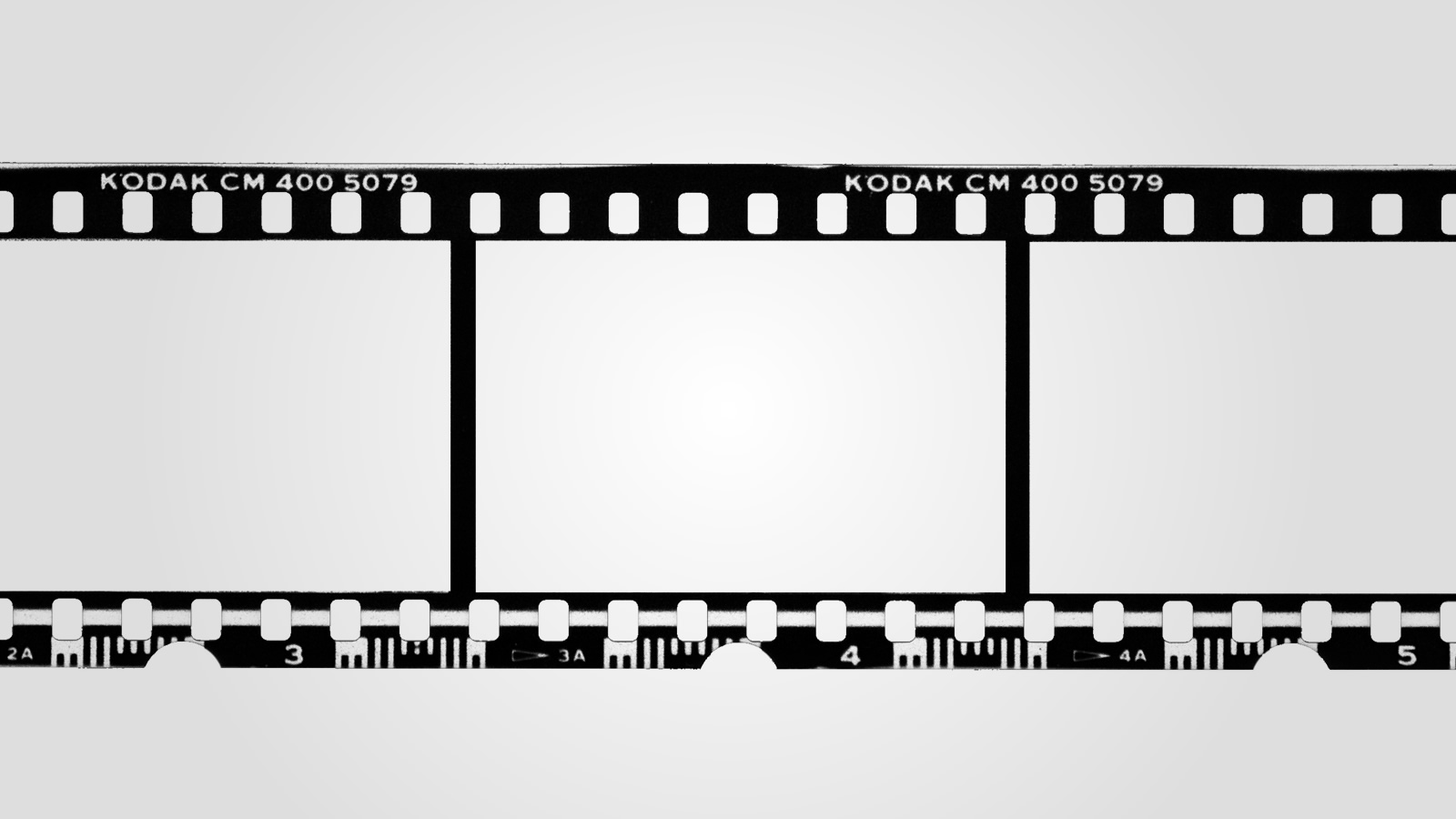Last year Nelson Mandela left us, Prince George joined us, there was black smoke in Boston and white smoke in Rome. We saw it, shared it, tweeted and talked about it before dinner. We celebrated and mourned before morning. By the time it rolled off the presses, it was passe. No one heard the news from their newspaper. That’s great for us, the insatiable public, but for venerable giants like the Gleaner, rumbling along since 1834, the writing is on the Facebook wall—adapt or perish.
By now, it’s old news that print news is dying, inch by precious column inch. (Witness the Gleaner’s svelte new shape!) The internet, disruptor of industries, has hit broadsheet media the hardest, since the web is essentially a huge newspaper, transmitting information faster, farther and with more flair than its dead-tree cousin ever could. Combined with the dominant perception that everything online should be free, the media have spent the last decade squawking that the sky is falling.
But like all Chicken Little stories, it isn’t really true.
Daily newspapers are disappearing like supernova winking into darkness
Yes, dailies are disappearing like supernova winking into darkness, including the 168-year-old News of the World. Newsweek, the perennial Pepsi to Time magazine’s Coke, lost all its talent and succumbed to its injuries in 2012. NewspaperDeathWatch.com speaks for itself. And many of the biggest names in American news—The Boston Globe, The Washington Post—have been sold cheaply.
But where there is death, there is also life. Out of the inky ashes a new kind of journalism is sprouting all over the web. The sites are clean, bold and uncluttered, to gain your trust. The writing is crisp, intimate and direct, to gain your attention. And the men behind them (and for better or worse, they are all men) hope to make a lot of money by not caring too much about making it. We’ll meet them in a minute.
News organizations have traditionally concerned themselves with the 3 W’s—what happened, where and when. But in the age of 24-hr cable news and ubiquitous access to Twitter, that job has been usurped. So the new kids on the block (and some old ones) have abandoned the 3 W’s for higher ground—how and why.
Ezra Klein, 29, is on a mission is to help us “understand the news”. He left the Washington Post to start Vox.com. A typical article : ‘Everything you need to know about Pope Francis’. Nate Silver, 36, swapped his blog at The New York Times for his own FiveThirtyEight.com, to “make the news a little nerdier”. His goal? To bring rigorous data analysis to journalism. Jeremy Scahill and Glenn Greenwald left The Nation and The Guardian respectively to run The Intercept, a place where they can “publish stories without regard to whom they might anger or alienate”. And all of that is just since January.
There are others. Marco Arment, 31, started and handed over The Magazine, a publication that trades quantity for quality. Twitter’s founders made Medium, a publishing platform to “increase depth of understanding”. And The Times, they are a-changing too, overhauling their site and launching their own explanatory companion, The Upshot, in a few months.
There are 500 million English speakers online, all hungry for news
So, despite the caterwauling, there has never been a better time to be a journalist, and for journalism in general. At their peak, newspapers in the biggest cities had an audience of a few million. There are 500 million English-speakers online, all hungry for information, and tens of millions more joining them each year. With open-source web architecture like WordPress, distribution costs are now near-zero. Never before in history have so many people been available to so few for so little.
What is dying is not the business of making news, but the business model of the newspaper. The Gleaner (and every broadsheet) is really a billboard company, selling advertisements surrounded by articles. The internet, with an infinite supply of ad space, destroyed the scarcity newspapers created, and with it their financial viability. The question is no longer if traditional papers will die, but when. Size and geography are irrelevant. For the first time in 400 years, news houses are competing on a level playing field—the quality of the news itself. If the writing is good, we’ll find it, read it and even pay a little for it. If it’s ordinary, we won’t. May the best mag win.









